The InOut 5.0: An Experience I am never forgetting
It was around the last week of September when one of my friends told me about this fantastic hackathon. One look at the website and the past sponsors of this hackathon, and I was convinced.
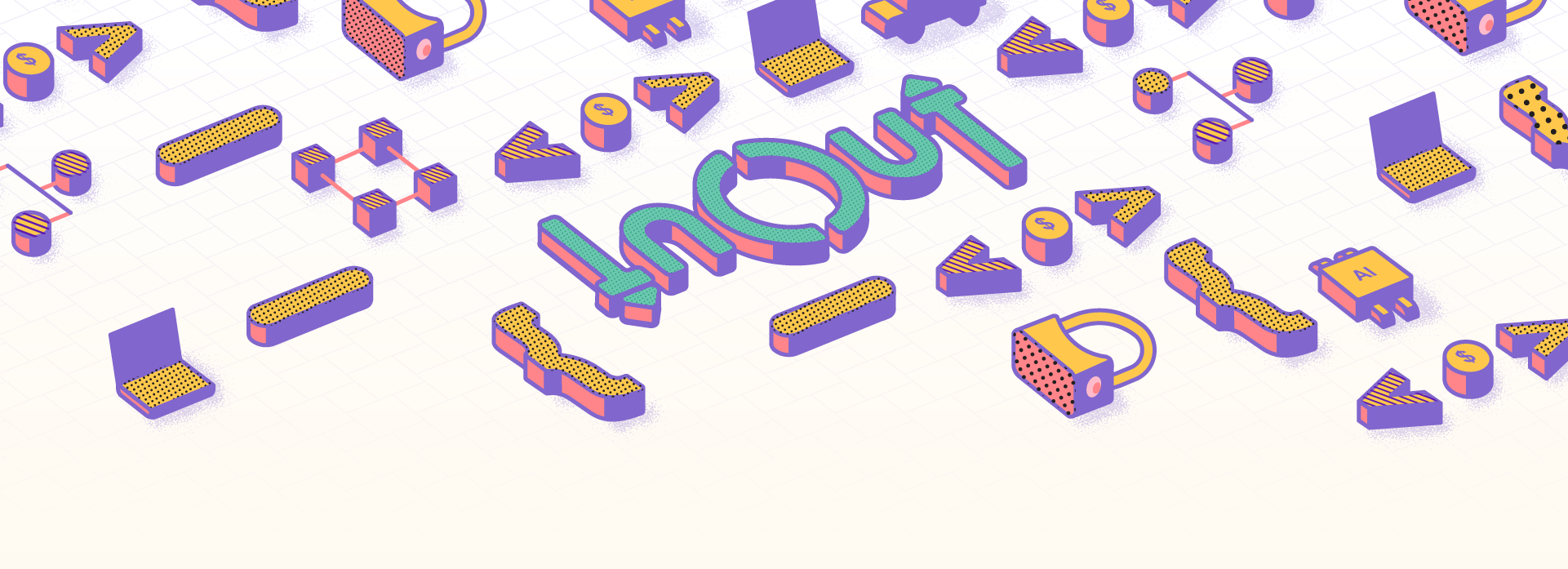
It was around the last week of September when one of my friends told me about this fantastic hackathon, at first I thought I haven’t heard about it before, but then he told me to take a look at the website and the past sponsors of this hackathon.
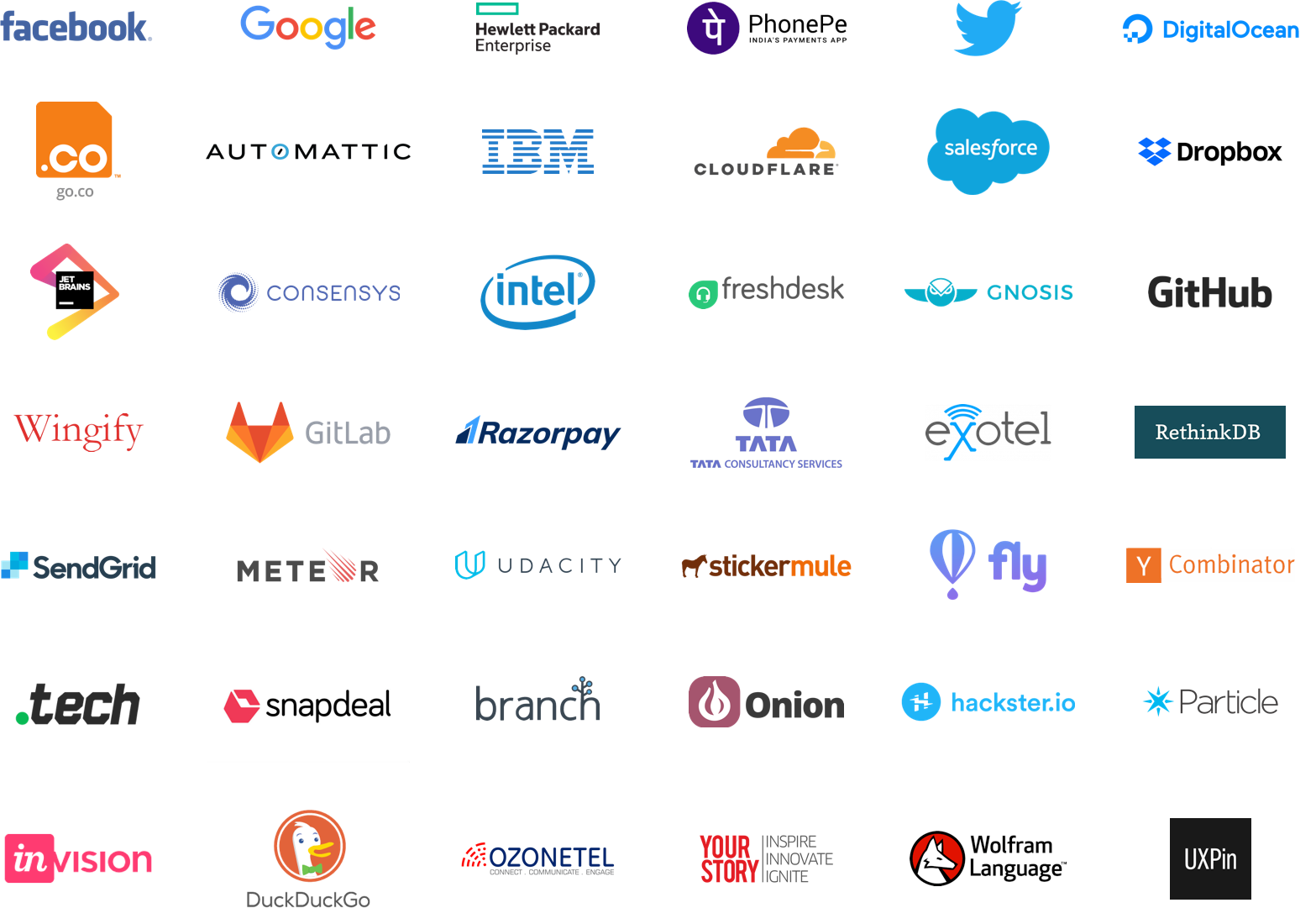
It was only then I realised how fabulous this hackathon was.
Then he told me about how they shortlisted candidates on the basis of their Linkedin and GitHub profile, and how difficult was it to get shortlisted for this hackathon.
So I decided to give my profiles a try and filled all the necessary details on the devfolio dashboard. But accidentally, I didn’t notice the place where I had to enter the team id to sign up as a team, and submitted my profile for review individually.
And on that weekend I got a mail -

But there was a catch, none of my friends got shortlisted, forget about my friends, no other person from our college, who applied, got shortlisted and to make things even worse my mid-terms were just a day after the hackathon ended.
After all that I gave it a thought, and realized that I might not be able to get a chance like this again and decided to travel 2500 kms alone to the “Silicon Valley of India”, so I booked the tickets, applied for reimbursement and RSVPed.
Now I had to find a team that required a React Native app developer or create my own team, so I posted my skills with my profiles on the facebook group of the accepted hackers.
After commenting on the posts of other participants and messaging a few others, I finally found an excellent IoT developer, Ishaan Abhinav, and we decided to create an IoT +app based project in which he will take care of the IoT part, and I will create an app which will control the project using REST APIs. I will discuss the idea later in this article.
Finally, the first day of the Inout arrived, and I reached the venue, Cowrks, through the inching traffic of Bangalore (It literally took me 30 mins to travel just 4 km by cab).
The first day was just an icebreaker session for the people who hadn’t joined any teams yet and some amazing tech talks by Anurag Arjun (Co-founder at Matic Network) on the basics of Blockchain, Keshav Kumar (Software engineer at LinkedIn) on how LinkedIn works and manages millions of profiles and an awesome presentation by Nishant Verma on some key things to be kept in mind while designing any kind of UI.
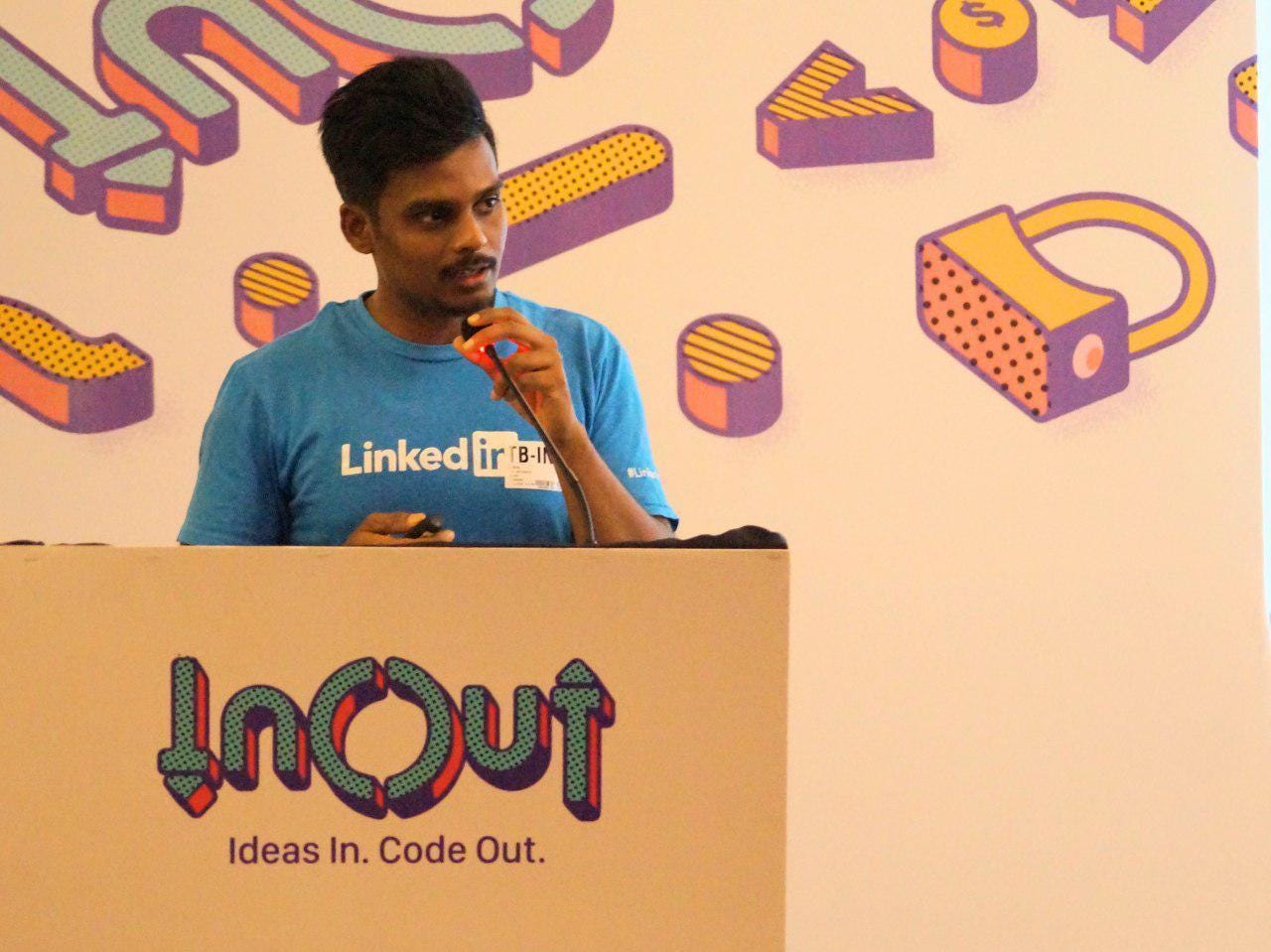
After a night’s rest, I checked out from my hotel, and excitedly went to the venue once again at 8:00 in the morning. Then I registered myself at the registration desk, collected the awesome schwag bag and the ID card, had an energetic breakfast and headed towards the hackathon.

Finally, 30-hour hackathon began with a bang, the venue was also beautifully decorated with inspirational posters and stickers adorning the whole floor.
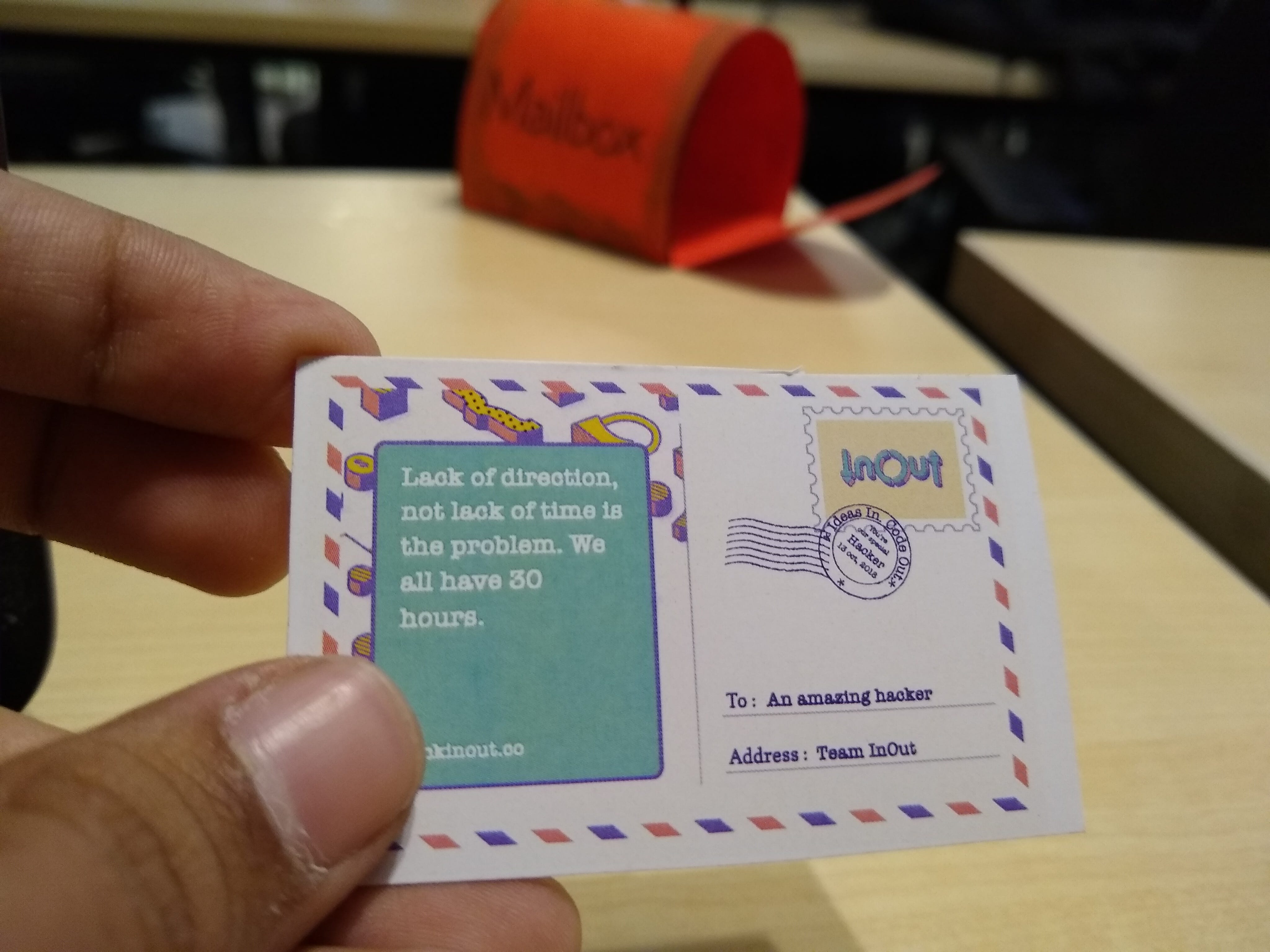
So now coming back to our idea, initially we had a lot of ideas in the pot because there’s a lot that can be done using IoT through an app. But what’s the thing that is feasible enough that can be built in 30 hours yet good enough that it manages to catch everyone’s attention?
After a lot of research and brainstorming, we found out that for every 1 liter of water purified by an average RO purifier 3 liters of water gets wasted, and this water is so bad that it cannot even be used for bathing. So the idea was to collect this water in a tank and use it for a smart gardening system.
All this discussion happened a few days before the hackathon on messenger. So that we knew what components would be needed on the day of the hackathon.
So on the first day, Ishaan arranged flow rate sensor (for measuring the amount of water saved), soil moisture sensor, a pump and obviously the Arduino and other IoT stuff for connecting all these sensors to the internet.
While he was working on the IoT stuff, I started designing the basic UI of the app.

Meanwhile, we also got to meet some amazing people of different Institutions from all over the country, who were Gsocers, Google Code-in mentors and what not, and were pretty awesome in their respective domains.
Gradually the day ended but the coding didn’t, the environment and the caffeine kept us motivated.
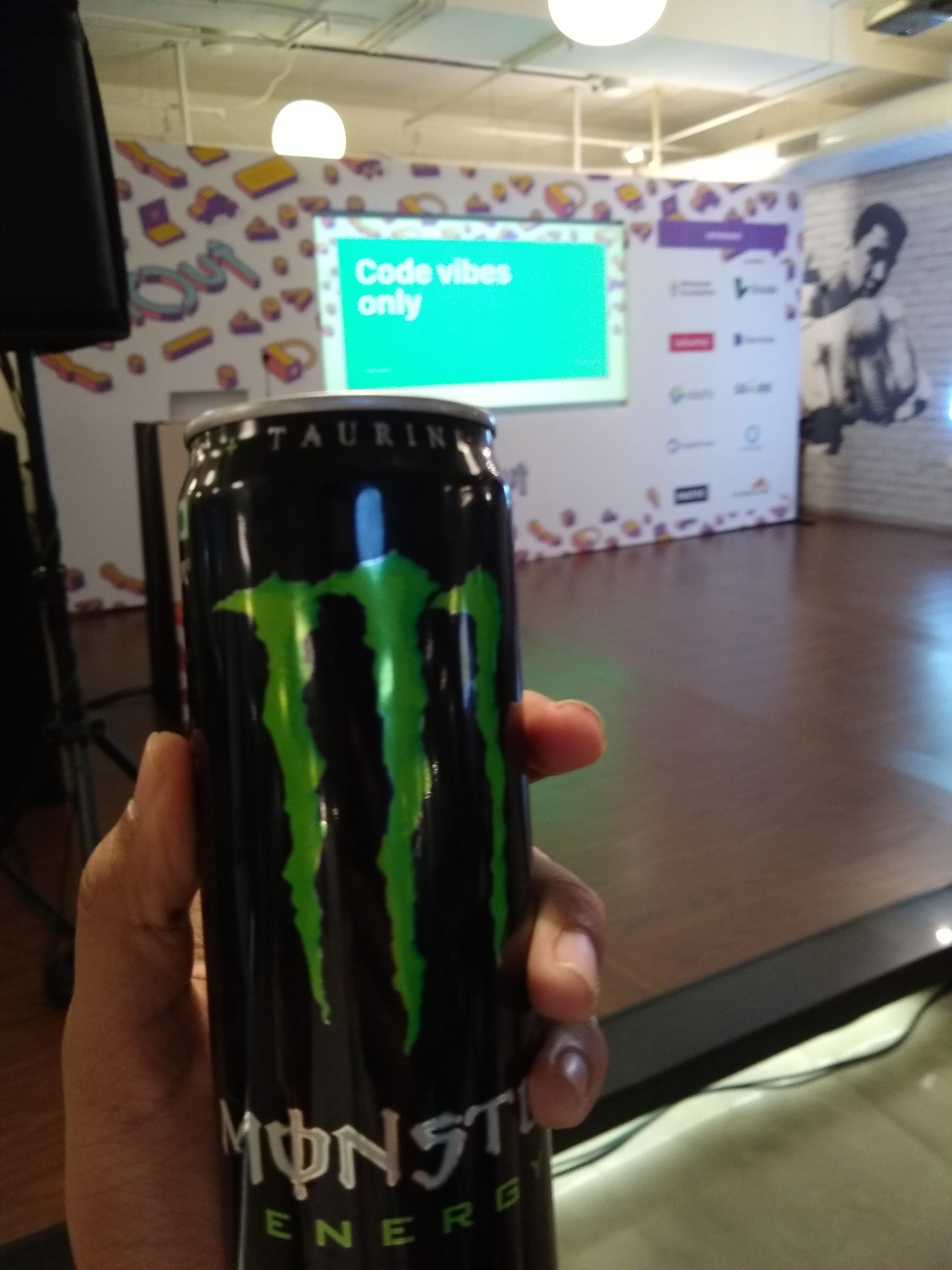
After 2 hours of sleep, it was 7 a.m., October 14 and we were finally able to control and monitor the sensors using Ubidots REST API, now all we had to do was to bring the system altogether so that it could work automatically as well as can also be controlled by the app.
So I washed my face, brushed my teeth, had some breakfast and started coding once again.
Meanwhile, there were also some mini-games for those who had finished their work or those who needed a break.
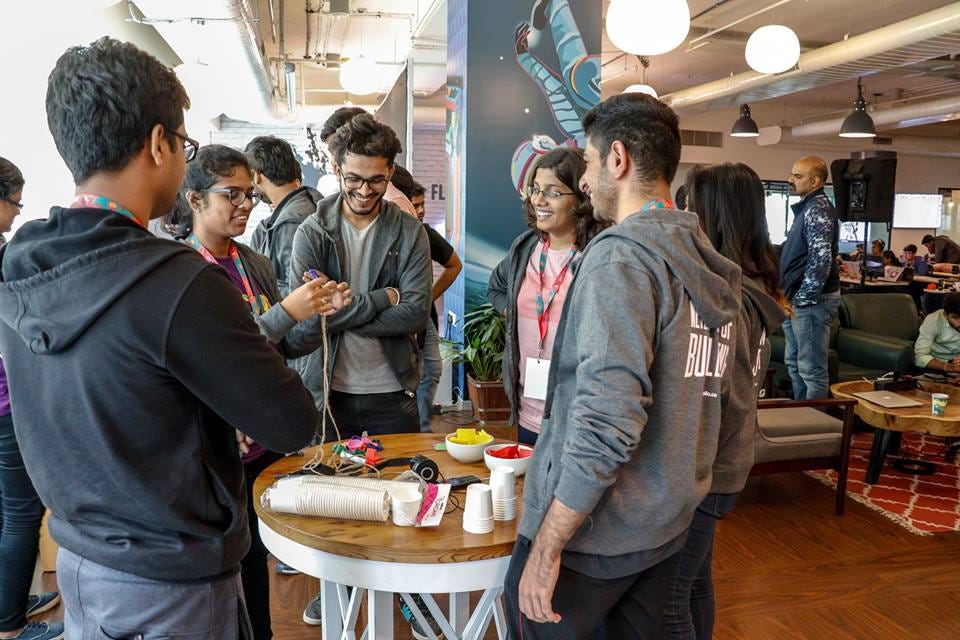
So finally after 30 continuous hours of coding we were finally able to finish the setup and the app, Hydravo (that’s the best name we could come up with in the last moments), just in time.
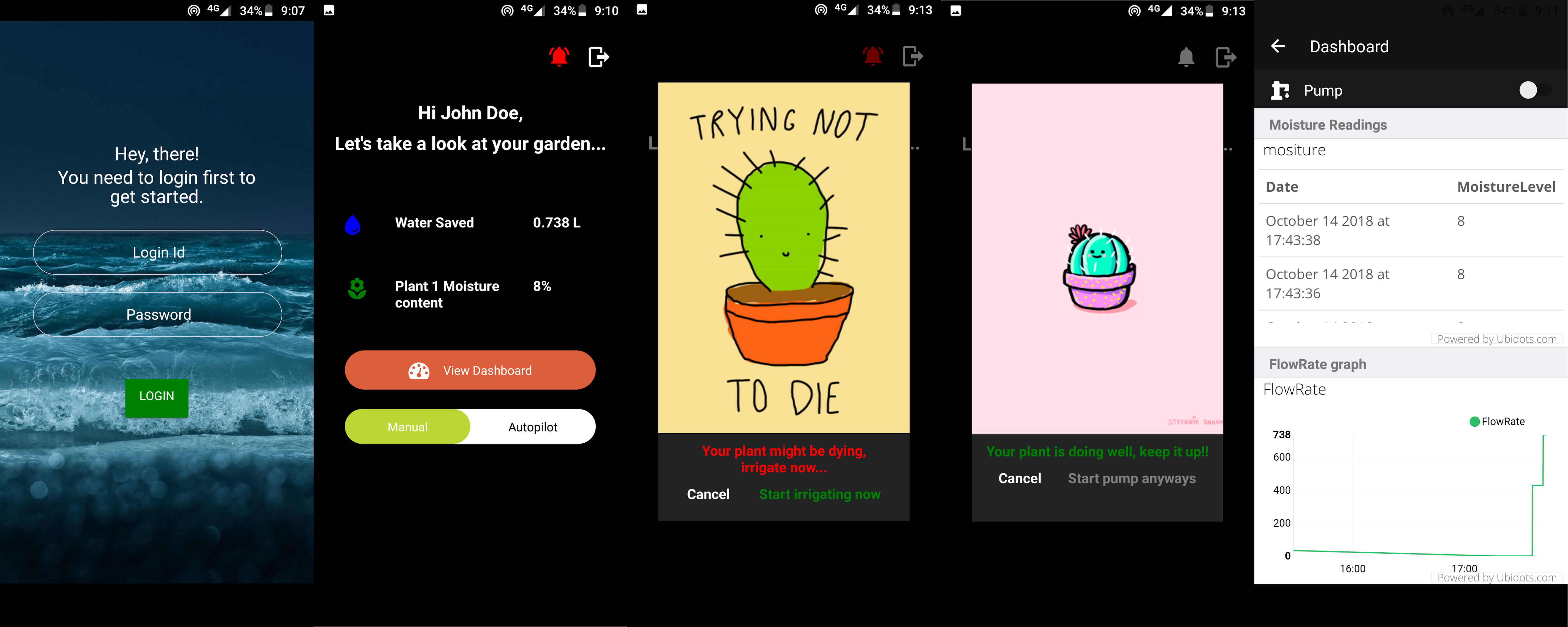
So that’s our app, after the first login screen( which appears only once, until the user has not logged in into the app), the user is guided to the main homepage section.
In the homepage section, the user can view real time readings from the sensors, and get to know about the amount of water they have saved and the moisture content of the plant.
At the top right, we had a notification icon which becomes red and starts shaking, when the moisture content of the plant goes below 20% and shows different animations as shown in above screenshots accordingly on being tapped.
At the bottom, we had a button that lets the user switch between manual and autopilot mode. In manual mode, the user decides when to start the pump and when to stop it, and in the autopilot mode, the system controls the pump, i.e., it starts irrigating whenever the moisture content drops below 33%.
And lastly, the dashboard section which has a switch to control the pump and statistics related to the system.
P.S.: I wasn’t able to record a video because we ran out of time and the pump wasn’t working.
So the judging process began a few hours after lunch, 1 or 2 members from the panel were coming individually to the seats of the team to review what they had accomplished in these 30 hours.
When they came to our seat, we explained them our idea and what we’ve created, and they certainly seemed to like our approach.
After the individual judging ended, all the judges went inside a room where they reviewed every team’s submission once again.

Meanwhile, the organisers started distributing some more schwag to the participants by some twitter contests like incredible laptop setups, posting a picture within the inout T-shirt etc. and other tasks like telling tech pickup lines on the stage.
After a while, the judges finally came up with the top 5 teams and, now they had to give presentations to find the top 3 teams among them.
We weren’t in the top 5 but the teams that were deserved to be there.
I liked the idea of Team OSC who created an AR version of PUBG and won the second prize later on.
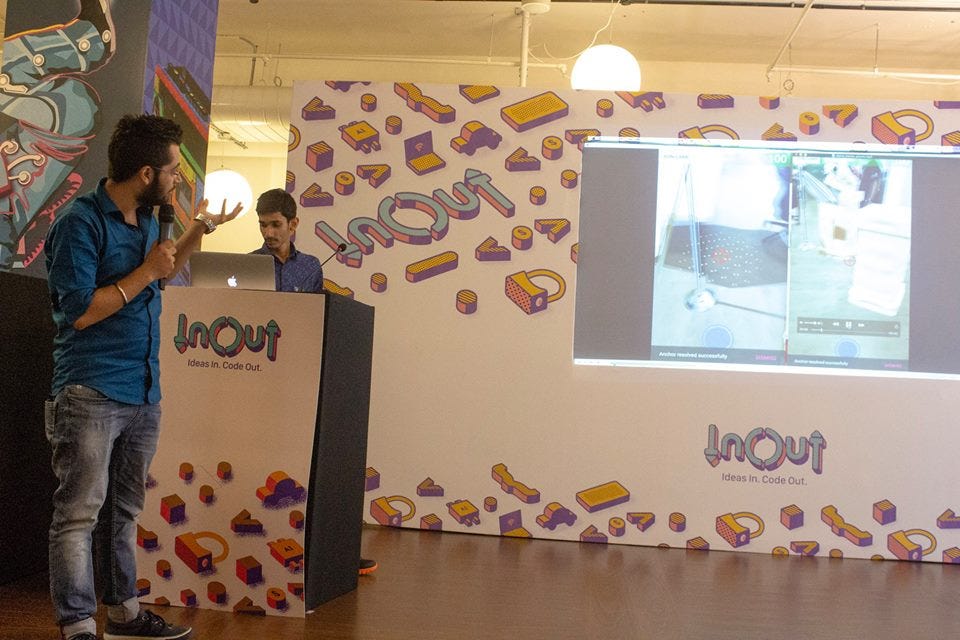
You can view more about the winners on the facebook and twitter page of inout.
Finally, the event ended with prize distribution to the top three teams and a delicious dinner.

It was a fabulous experience as not only I created something different that I have created ever before but also I made some new friends like, Ishaan Abhinav, an excellent IoT developer and my teammate, Hrishi Patel, who was a Google Code-in mentor in the first year of his college, and Madhav Bahl, whose profiles speak for himself.
I have attended a few hackathons previously, but this one was something different, this one had the energy, enthusiasm and most importantly people who really want to build something awesome, a critical feature that most hackathons lack.
And maybe we didn’t win this hackathon, and maybe some things didn’t work out as they were supposed to in the last moments, but overall it is the experience that matters, and it was an experience that I am never forgetting.

Thanks for reading ;).
Originally published at https://medium.com/devfolio on November 1, 2018
